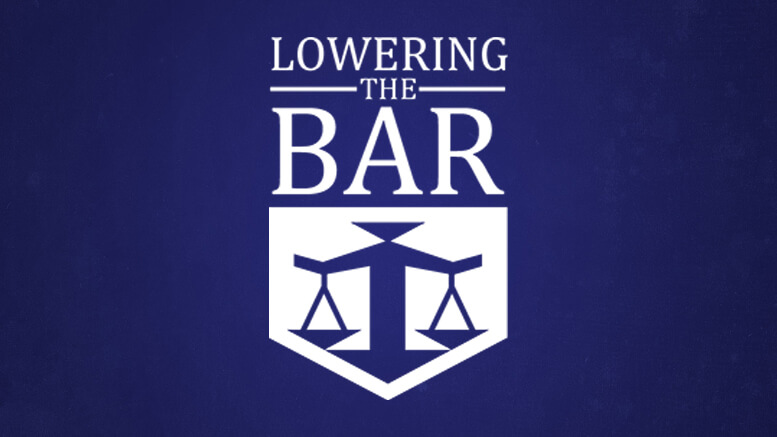Readers have raised some interesting questions about the RUI allegations in Kentucky, described in this earlier post.
Mark T. asks, "I wonder if the Kentucky definition of 'vehicle' ["all agencies for the transportation of persons or property over or upon the public highways"] includes shoes? Now that I think about it, what about feet?"
Excellent questions, as always.
I think the answer here is that neither shoes nor feet would be included. Again, the word used (but not defined) in the statute is "agencies." These days we generally use that to mean "government agencies," but here it's used in a more antiquated sense—the closest match in the OED, at least, is "a being or thing that acts to produce a particular result." Because "thing" is included, "action" here can't mean free will, but I think it would have to mean that the thing is at least capable of moving independently if set in motion by someone acting upon it. And since we are talking about transportation, throwing a shoe wouldn't count. So in my view footwear would not be "vehicles" under Kentucky law because they aren't independently mobile.
Roller blades might be "vehicles," though, and if there is or were any sort of motorized footwear, then we would be in a real gray area.
As for feet, it is true that they, or at least the muscles of the foot and leg, are "things that act to produce" movement. But here I think the problem is that "agency" and "vehicle" both imply something that is separate from the person or thing that is moved. Because feet are normally attached to the rest of a person, we can therefore assume the legislature did not intend to include them in the definition of "vehicle."
It appears that Kentucky courts have not yet struggled with this problem, most likely because anyone driving shoes under the influence would just be charged with "public drunkenness."
Catherine C. writes, "I’m not sure that Kentucky has entirely precluded your 'horse is not a vehicle' [argument because] horses are often expressly prohibited from entering 'public highways'….
The argument here is that if a horse cannot legally be ridden on a public highway, then it should not be considered an "agency for the transportation of something on the public highway" within the meaning of the statute. That's not bad, but I think it improperly reads the word "legal" into the definition. There are probably lots of "vehicles" that aren't street-legal, but if you get drunk and take one out on the highway anyway it would seem difficult to argue that you could not be guilty of DUI.
Having said that, a similar argument has worked before.
As I mentioned in 2007, a judge in New Jersey ruled that a drunken Zamboni driver could not be convicted of drunk driving because a Zamboni ice machine is not a "motor vehicle" under that state's DWI statute. Obviously, a Zamboni has a motor, but the judge apparently reasoned it could not be a "vehicle" under New Jersey law because it is not a "device … by which a person or property is or may be transported upon a highway…." Good for the defendant (who did not leave the rink and so was very unlikely to hurt anyone), but clearly wrong, based on the case the year before in which two rink employees in Idaho not only took their Zambonis out on the street, they took them to a Burger King drive-through.
Getting back to Kentucky, though, even assuming it is legal to take a horse out on the highway (and I think it is, based on this, although it is expressly illegal to race them there), this argument would not help because the relevant statute provides that one under the influence shall not "operate a vehicle that is not a motor vehicle anywhere in this state." Emphasis added.
Could I have made that particular argument first? Sure, but then I wouldn't have been able to tell my Zamboni stories again.
As always, please don't rely on any of this without getting advice from somebody who actually has a license to practice law in the relevant states (which I do not), and most importantly, don't drink and drive, by any definition.
